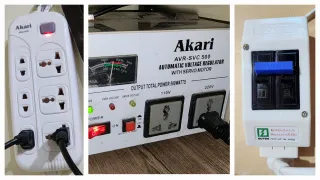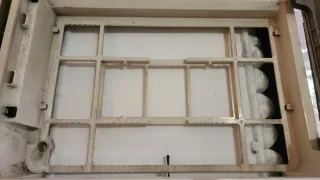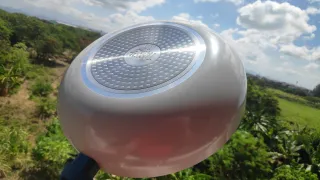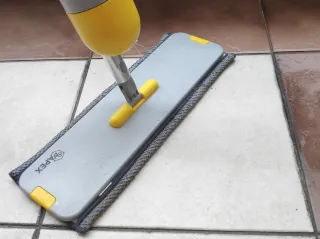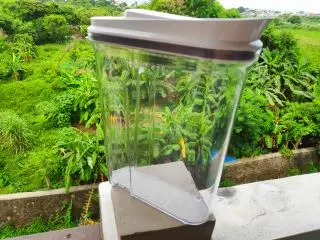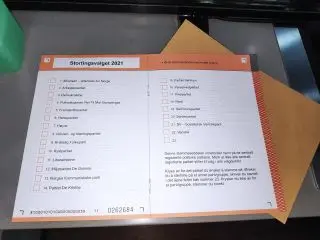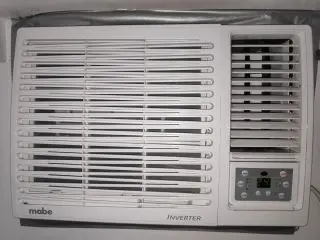Protect your home network from malware and porn with DNS
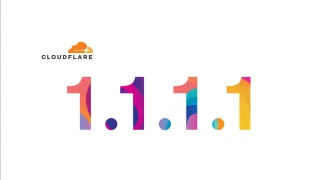
Internet today is an integral part of life and you can access about everything, with a few taps. In most cases that's a good thing, but it can also bring a lot bad things, such as malware
1.1.1.1
For many years, Cloudflare have been providing their DNS service for free. An alternative to your ISP (Internet Service Provider) DNS service
DNS is a system that looks up the URL you typed and tries to send you to where it belongs. Let's say you type in google.com, then this request will check the DNS archive on your device if it knows where it should go, if it doesn't know it will ask the router and the router will ask your ISP DNS, which is often very slow
To try to speed up DNS lookups, Cloudflare launched their DNS called 1.1.1.1 a few years ago and I feel my internet is much faster after I started using them
1.1.1.1 for Families
To better protect families, Cloudflare rolled out 1.1.1.1 for familes and this service will also block malware or porn and malware1.1.1.2 will block malware 1.1.1.3 will block malware and porn
As the internet is constant evolving, it won't block 100% of everything you can find on the internet, but it will block majority
How to use 1.1.1.1
You can use 1.1.1.1 either on a specific device or your entire home networkRouter
To block for your entire network, router is the best approach. Many moderns routers have an app and can be adjusted from there as well, but we will be covering the browser approach1) Open a browser and navigate to your router URL. Router URL can be found either under your router or in the manual. Below are some common addresses
| URL | Example of Routers using it |
| http://192.168.0.1 | D-Link and TP Link |
| http://192.168.1.1 | Linksys, TP Link, ZTE, Netgear and Asus |
| http://unifi.ubnt.com | Ubiquiti |
| http://192.168.31.1 | Xiaomi (Mi) Routers |
| http://10.0.0.1 | Cisco and D-Link |
2) Login to your router. Credentials are normally found on the device, either under or behind, or in the manual
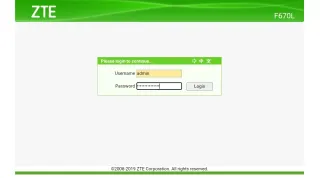
3) Look for DNS Settings, which can often be found under WAN, LAN, IPv4, IPv6 or Internet
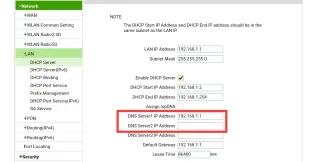
4) Note down your DNS values, in case you want to revert later
5) Enter the new DNS values
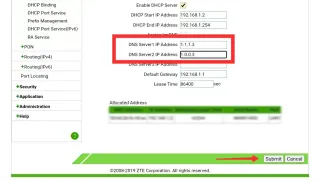
For DNS lookups only: Primary DNS: 1.1.1.1 Secondary DNS: 1.0.0.1
For DNS lookups with Malware protection: Primary DNS: 1.1.1.2 Secondary DNS: 1.0.0.2
For DNS lookups with Malware protection and porn protection: Primary DNS: 1.1.1.3 Secondary DNS: 1.0.0.3
6) Save settings
Drawbacks
Main drawback I've encountered using 1.1.1.3, is that it sometimes can be very slow compared to using 1.1.1.1. most of the time it's fine, but it have happened on some occasionsAnother drawback, is if you use it to block your kids from accessing porn. If your kids use VPN or change DNS on their device, they can bypass the blocking
Verdict
You get the the speed boost of using 1.1.1.1 and with additional benefit of also blocking most malware or malware and pornOn a few occasions, 1.1.1.3 can cause your network to be slow. An issue I've never encountered with 1.1.1.1
Our verdict: Check it out

